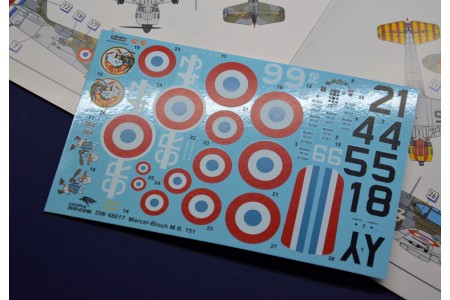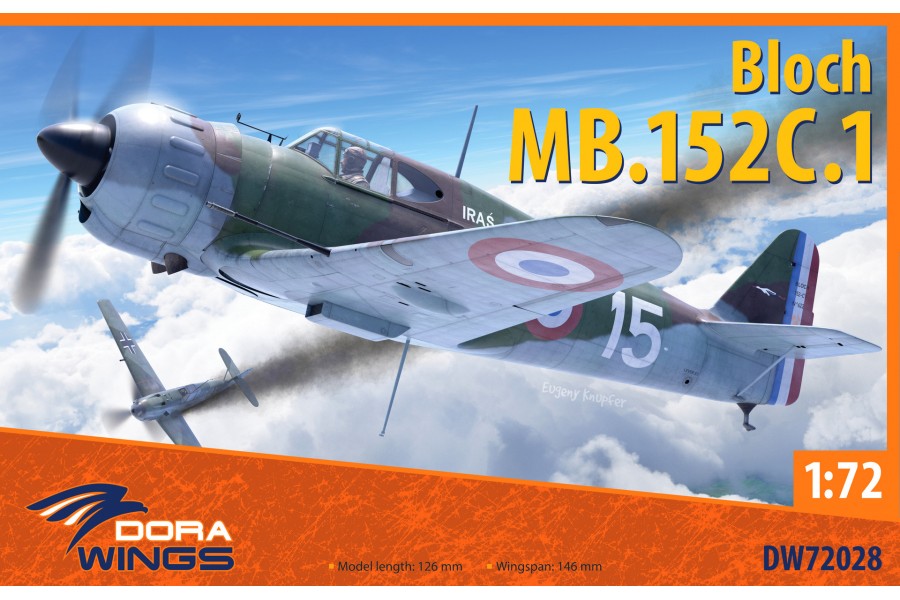The Bloch MB.150 (later MB.151 to MB.157) was a French low-wing monoplane fighter aircraft developed and produced by Société des Avions Marcel Bloch. It featured all-metal construction, complete with a retractable undercarriage and a fully enclosed cockpit.
The MB.150 was originally developed to conform with the requirements of the 1934 French Air Ministry competition seeking a new fighter design. Despite the competition being won by the competing Morane-Saulnier M.S.406, it was decided to proceed with development. Initially proving unable to attain flight, the modified prototype conducted its maiden flight in October 1937. Service trials of the MB.150 determined the aircraft to hold sufficient promise to warrant further work, leading to the adoption of an expanded and strengthened wing and a more refined Gnome-Rhone 14N-7 engine. During spring 1938, following the completion of further proving trials, an order for a pre-production batch of 25 aircraft was placed.
Redesigns of the MB.150 design led to the improved MB.151 and MB.152 which entered squadron service with the Armée de l'Air. By the outbreak of the Second World War, around 120 aircraft had been delivered to the Armée de l'Air but most were not sufficiently equipped to be considered operational. An improved MB.155 had greater range. Ordered into production in 1940, only ten aircraft had been completed by the Fall of France. The MB.157, a further improved model with a heavier and more powerful engine, was completed during the Vichy era. Though it demonstrated promising performance, it did not enter production.
| Technical | |
| Length | 189mm |
| Wingspan | 219mm |











